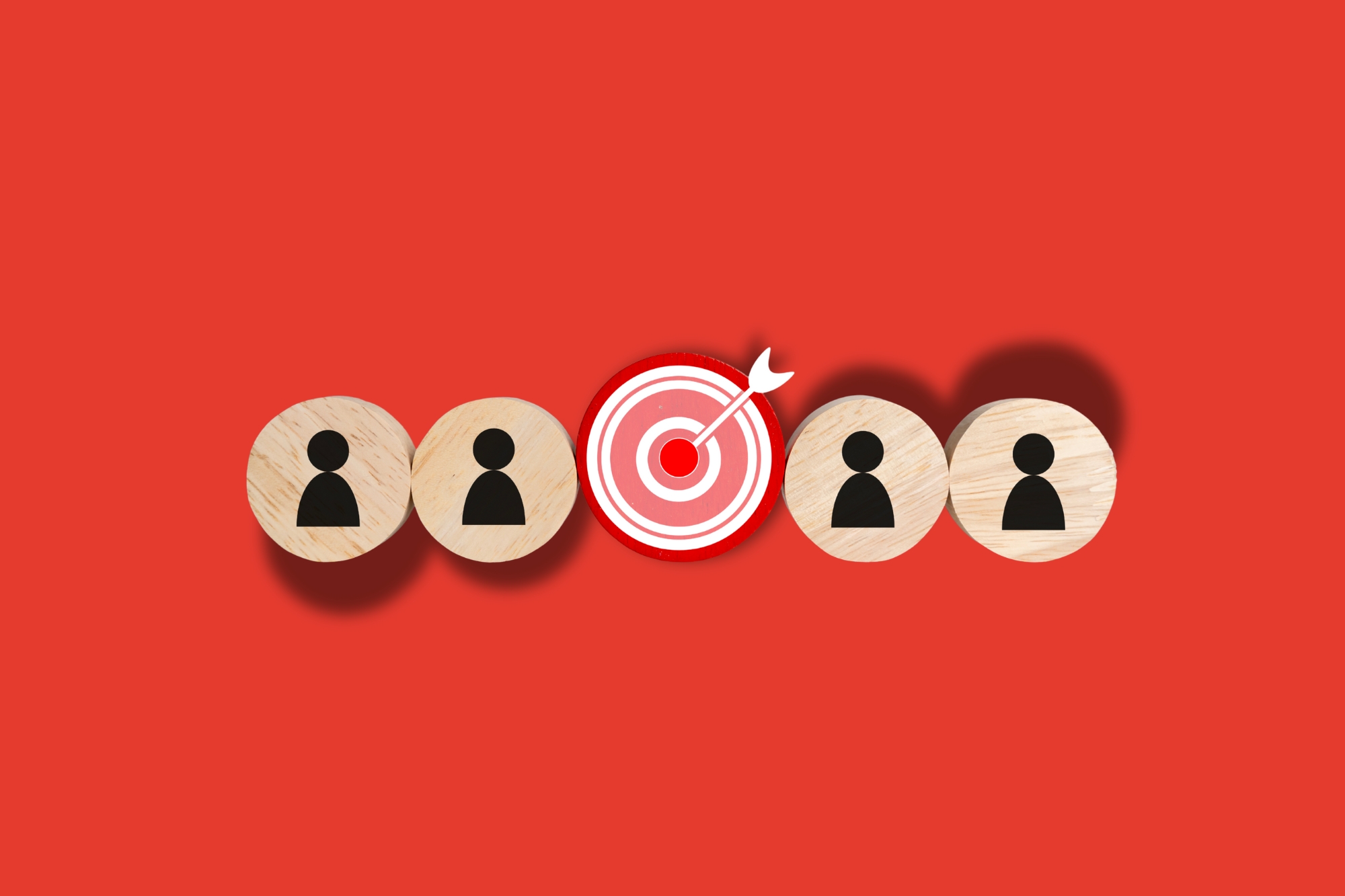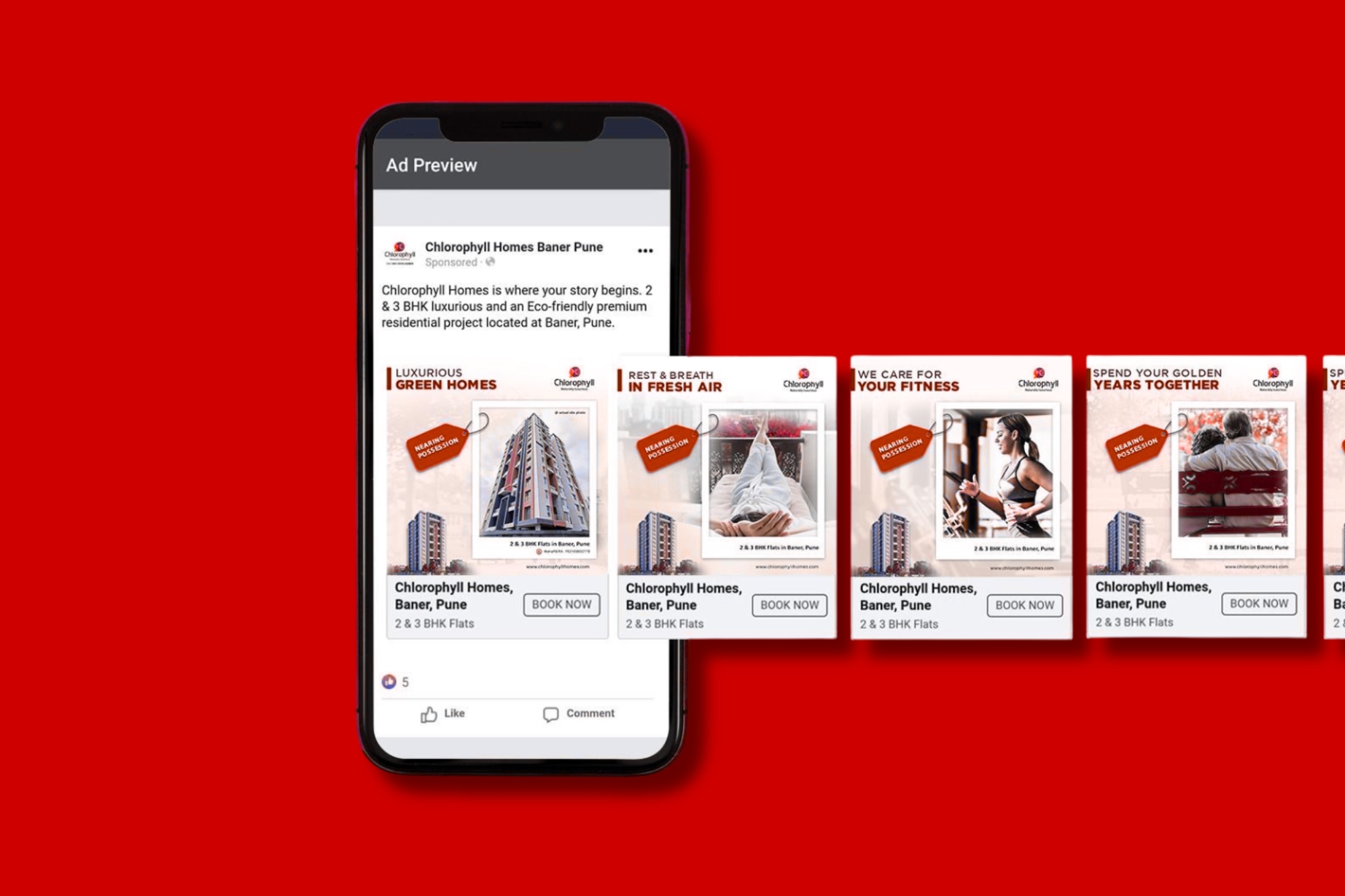How to Define Your Target Audience for Better Campaign Results
Have you ever launched a marketing campaign that just didn’t deliver the results you hoped for?
Chances are, it wasn’t the message or the design — it was that you were speaking to the wrong audience. One of the most important steps in any marketing strategy is knowing who you’re trying to reach.
Defining your target audience helps you connect with the right people, craft relevant messaging, and increase the return on your marketing investment.
Let’s break down how to do it — simply and effectively.
Why It Matters
Imagine selling gym memberships by advertising in a fast food app — it’s unlikely to work, right?
When you clearly define your audience, you:
- Avoid wasting your budget on people who aren’t interested
- Tailor your messaging to match your audience’s pain points
- Improve click-through and conversion rates
- Build long-term brand loyalty
Whether you’re running ads, posting on social media, or writing content, relevance is everything.
How to Define Your Target Audience (Step-by-Step)
1. Start with Your Product or Service
Ask yourself:
- Who benefits most from what we offer?
- What problems do we solve?
- Is our offer for individuals, businesses, or both?
This helps you identify the type of people who need what you’re selling.
2. Analyze Your Existing Customers
If you already have customers, study them:
- What’s their age range, location, or job role?
- How did they find you?
- What kind of content or offers do they respond to?
Look for patterns and similarities — this data is gold.
3. Look at Your Competitors
Visit your competitors’ websites and social media.
- Who are they targeting?
- What kind of language or visuals are they using?
- How does their audience engage?
You don’t need to copy them — but you can learn a lot about the market and find gaps you can fill.
4. Create Simple Buyer Personas
A buyer persona is a profile of your ideal customer. You can have more than one. Here’s a basic structure:
- Name: “Marketing Manager Maya”
- Age: 30–45
- Industry: E-commerce
- Goals: Increase website traffic and sales
- Pain points: Limited team, tight ad budget
Personas help you write like you’re speaking directly to someone — not “everyone.”
5. Use Tools & Data
Free tools like:
- Google Analytics (audience insights)
- Facebook/Meta Audience Insights
- Surveys or polls
- Email open/click rate segmentation
The more you know, the more precise your targeting can be.
6. Test and Refine
Your first audience definition may not be perfect — and that’s okay.
Run small campaigns and monitor the results:
- Which audiences respond best?
- What content types get the most engagement?
- Who actually converts?
Let the data guide you, and keep refining your audience profiles as you grow.
Final Thoughts
Marketing without a clear target audience is like shooting arrows in the dark.
By defining who you’re trying to reach, you can craft smarter campaigns that speak to the right people — at the right time, with the right message.
So before you spend another dollar or hit “publish,” ask yourself: Do I know who I’m talking to? If the answer is no, now’s the time to fix that.




